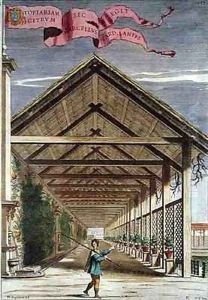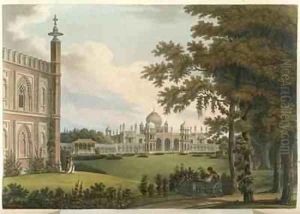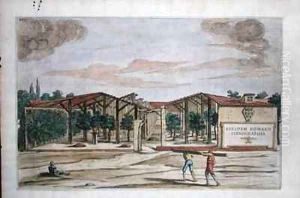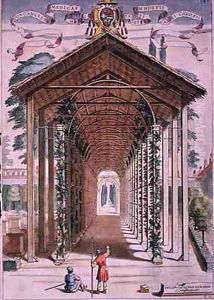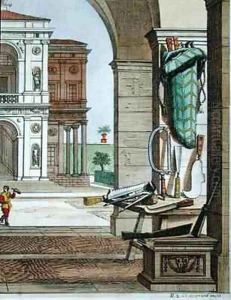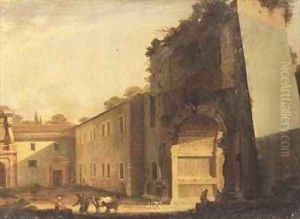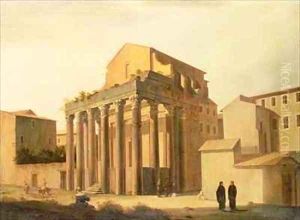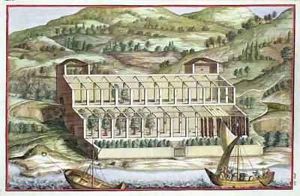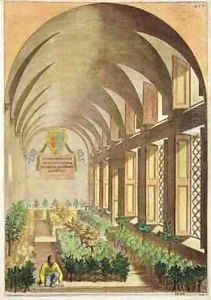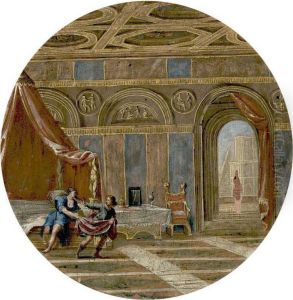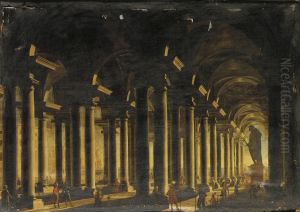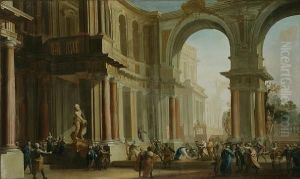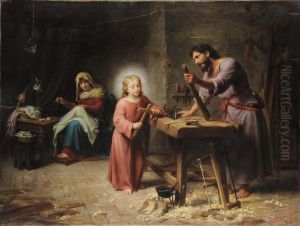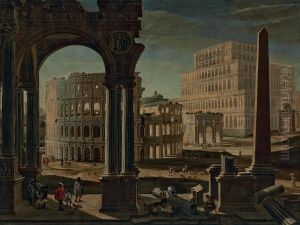Filippo Gagliardi Paintings
Filippo Gagliardi was an Italian painter and engraver known for his work during the Baroque period. Born in 1606, Gagliardi's early life details are somewhat obscure, but he is recognized primarily for his contributions to perspective painting and architectural views, commonly referred to as vedute. His artistic journey is emblematic of the period's fascination with detailed urban and architectural depictions, which served both as documentation and as imaginative reinterpretations of the urban landscape.
Gagliardi's work was influenced by the burgeoning interest in perspective and the accurate portrayal of architectural elements, which was a significant trend in Baroque art. He was particularly adept at using light and shadow to enhance the sense of depth and realism in his paintings, a technique that made his architectural scenes particularly compelling. His paintings often featured Rome's iconic buildings and ruins, capturing the grandeur and decay of the city with a poignant accuracy that appealed to both local and international patrons.
Throughout his career, Gagliardi collaborated with several notable artists of his time, contributing to larger projects that highlighted his expertise in perspective. His ability to render detailed architectural views made him a valuable collaborator in the production of decorative schemes and in the illustration of scholarly works about Rome and its architecture. Despite his contributions to the art of his time, Gagliardi's work was somewhat overshadowed by more prominent figures of the Baroque movement, and as a result, he is not as widely recognized today as some of his contemporaries.
Gagliardi's legacy is preserved in various collections and museums across Italy and beyond, where his detailed vedute continue to be appreciated for their technical skill and artistic beauty. He passed away in 1659, leaving behind a body of work that offers a unique window into the urban and architectural interests of the Baroque period. His paintings serve not only as beautiful artistic creations but also as valuable historical documents that offer insight into the architectural and urban development of 17th-century Italy.
